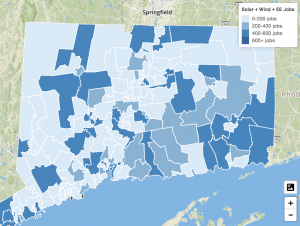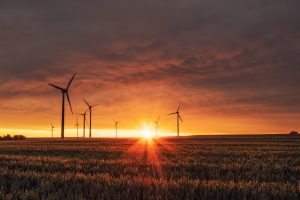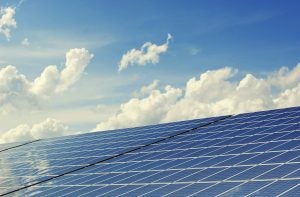 The benefits of clean energy reach far beyond protecting the environment. Investments in the U.S. clean energy sector are creating millions of jobs and supporting local communities across the country. A new online mapping tool will help illustrate this incredible progress.
The benefits of clean energy reach far beyond protecting the environment. Investments in the U.S. clean energy sector are creating millions of jobs and supporting local communities across the country. A new online mapping tool will help illustrate this incredible progress.
Developed by San Francisco-based Kevala Analytics Inc., the U.S. Clean Energy Progress Map can display the number of solar, wind, and energy efficiency jobs by state, county, congressional district, and even census tract. The free, interactive map also shows wind and solar projects and investments. It’s exactly the kind of data that citizens need to show policymakers and local officials the economic benefits of clean energy in their state or district. Read More














 Lawmakers recently addressed many critical issues for California: the housing shortage, parks bond, and early on in this year’s legislative session,
Lawmakers recently addressed many critical issues for California: the housing shortage, parks bond, and early on in this year’s legislative session,